
曝亚马逊正与 OpenAI 谈百亿投资,后者还有意采购 AI 芯片
iPhone 18 Pro 系列或采用打孔屏
据 The Information 报道,苹果计划在未来两年内,将 iPhone 产品线从目前的 5 款扩张到至少 7 款之多。报道还同时曝光了部分产品的细节信息:

- iPhone 18 Pro 系列:预计 2026 年秋季发布
对于代号为 V63 和 V64 的 iPhone 18 Pro 与 Pro Max 来说,最引人注目的变化是,苹果将采用加拿大公司 OTI Lumionics 的技术,将整个 Face ID 传感器隐藏在屏幕下方。
据悉,iPhone 18 Pro 正面将是「打孔屏」,屏幕左上角保留一个单独前置摄像头圆形开孔,逐步过渡到屏下摄像头方案。
后置摄像头方面,苹果计划为至少一颗后置摄像头加入机械光圈结构,能够控制镜头的进光量,苹果还将采用新的摄像头传感器,能在夜间捕捉更多光线的同时,避免照片在白天过曝。
苹果还将在 iPhone 18 Pro 系列上采用台积电的新一代芯片封装技术——晶圆级多芯片模组封装(Wafer-Level Multi-Chip Module),可将运行内存放置在更接近处理器的位置,让设备能在本地运行更高级的 AI 功能,无需等待云端响应,也能减少成本。
预计 iPhone 18 Pro 系列在外观设计方面,与 iPhone 17 Pro 保持相似。
苹果计划移除 iPhone 18 拍照按钮的触觉反馈和触摸功能,以节省成本。虽然功能被砍是一次退步,但考虑到用户对拍照按钮的冷淡甚至消极态度,这次牙膏倒吸或许不会收到太多负面评价。
iPhone 18e 计划与 iPhone 18 一同在 2027 年秋季发布,代号为 V69,目前信息较少,但 iPhone 18 和 iPhone 18e 将首次尝试先在印度班加罗尔的富士康工厂进行大规模生产,然后再在中国生产。
万众期待的 Magsafe 磁吸背板终于要来到 e 系列机型。前代 iPhone 16e 尽管以入门级的 iPhone 定位发布,但缺乏了 Magsafe 磁吸。另外,iPhone 17e 还将搭载自研的最新基带 C1X。

- iPhone 20 周年纪念版:预计 2027 年秋季发布
该款 iPhone 将采用正反四曲面设计,并且黑边将被压缩到极致。而手机中框将被压缩成为一条极窄的金属条,位于目前 iPhone 的中部,用于放置手机的按键。
苹果也将消灭手机开孔,将前置摄像头和面容 ID 组件放置于屏下,这台 iPhone 20 将成为首款「真 · 全面屏设计」iPhone,实现乔布斯「魔力玻璃」的夙愿。
 相关阅读:iPhone 路线图全曝光:两年七款新机,阔折叠、四曲面全来了!
相关阅读:iPhone 路线图全曝光:两年七款新机,阔折叠、四曲面全来了!
罗福莉加入小米后,首次公开演讲
昨日,小米 2025 人车家生态合作伙伴大会正式举行,会上公布了集团收入、AI 技术最新进展等一系列新消息。
小米集团合伙人、总裁,手机部总裁卢伟冰公布了 2025 年前三季度小米集团成绩:
小米集团 2025 年前三季度收入 3404 亿元,同比增长 32.5%;经调整利润 328 亿元,同比增长 73.5%;小米连续 7 年上榜财富世界 500 强,2025 年排名提升 100 位至第 297 名。另外,小米汽车交付量已超 50 万台。
另外,据卢伟冰援引 Omdia 和第三方数据表示,小米手机业务连续 21 个季度位居全球前三,2025 年 1~10 月位居中国市场第二。
高端化方面,卢伟冰表示小米高端手机 2024 年销量达 1300 万台,预计 2025 年高端手机销量 1500 万台。
本次大会中,备受关注的 Xiaomi MiMo 大模型负责人罗福莉也迎来入职后首秀。其对近期发布的 Xiaomi MiMo-V2-Flash 开源 MoE 模型进行了介绍。

据悉,模型推理速度十分快。罗福莉解释称,MiMo-V2-Flash 围绕极致推理效率设计了模型结构,通过 3 层 MTP 推理加速并行 Token 验证,实现了 2.0~2.6 倍的推理速度提升。
MiMo-V2-Flash 凭借总参数 309B(激活 15B),实现了代码和 Agent 评测基准上全球开源模型 Top2,且初步具备模拟世界的能力。
值得一提的是,罗福莉还谈到了下一代智能体系统,认为下一代智能体系统不是一个「语言模拟器」,而是一个真正能够理解世界、并与之共存的「智能体」。
其他方面:
- 小米核心系统部总经理牛坤宣布,小米与行业领先的脑机接口公司展开早期合作。合作伙伴包括脑虎、阶梯医疗。
- 小米互联网业务部总经理刘婵透露,小米目前已拥有 1000 部 S 级短剧,这些高质量的短剧作品深受用户喜爱,人均短剧消费时长达到了 70 分钟。
- CarIoT 生态开放进展:小米汽车部人车家智能化产品总监陈君宇透露,CarIoT 生态今年已开放家控车,明年将开放车控家;2027 年将迎来车载中枢网关,实现车载生态设备全连接。
- 另外,陈君宇宣布小米 SU7/YU7 系列迎来辅助智驾小蓝灯配件,这个小蓝灯由第三方开发。据悉,小蓝灯开发者是福安市豆豆游软件开发有限公司的开发者王云柳。
- 小米生态链部总经理陈波还在会上发布了自研 MINT 统一模型部署平台,帮助 IoT 开发商降低 AI 开发门槛。MINT 平台提供开箱即用的芯片级优化能力,支持跨厂商算法集成,还有自研模型小型化技术。
苹果考虑在印度封装部分 iPhone 芯片
据路透社报道,苹果正与印度芯片制造商进行初步商谈,计划为让 iPhone 在印进行组装以及封装零部件。
报道指出,苹果与印度的工业合作主要集中在 iPhone、AirPods 等终端产品的整机组装环节。而据最新谈判进度显示,苹果在印的组装布局,可能会进一步向上游延伸,至更复杂的半导体封装领域。
据悉,苹果与穆鲁加帕集团(Murugappa)旗下 CG Semi 半导体公司进行了会谈。
而本次也是苹果首次考虑在印度组装和封装部分芯片产品。目前尚不清楚将在印度工厂封装哪些芯片,但它们很可能是显示芯片。
今年 4 月,曾有媒体报道,苹果正致力于在 2026 年底前,将美国市场上的大部分 iPhone 产品在印度的工厂生产完成,并且正在加快这些计划。
值得一提的是,据知情人士补充说,对于 CG Semi 而言,这或许只是「艰难征程的开始」,因为即便与苹果的谈判进展顺利,CG Semi 也必须通过苹果严格的质量标准才能最终达成交易。
人士还表示,苹果已经在与其他几家公司就供应链的其他环节进行洽谈,最终能成为其供应商的公司寥寥无几。
腾讯升级大模型研发架构,成立多个新部门
12 月 17 日,腾讯升级大模型研发架构,新成立 AI Infra 部、AI Data 部、数据计算平台部,全面强化其大模型的研发体系与核心能力。
 相关阅读:官宣!姚顺雨出任腾讯首席 AI 科学家,27 岁清华学霸掌舵腾讯 AI 下半场
相关阅读:官宣!姚顺雨出任腾讯首席 AI 科学家,27 岁清华学霸掌舵腾讯 AI 下半场

腾讯表示,知名 AI 研究员姚顺雨 (Vinces Yao) 正式出任「CEO / 总裁办公室」首席 AI 科学家,向腾讯总裁刘炽平汇报;同时兼任 AI Infra 部、大语言模型部负责人,向技术工程事业群总裁卢山汇报。
调整后,AI Infra 部将负责大模型训练和推理平台技术能力建设,聚焦大模型分布式训练、高性能推理服务等核心技术能力,为大模型算法研发和业务场景落地提供稳定高效的技术支持和服务。
而 AI Data 部、数据计算平台部,将分别负责大模型数据及评测体系建设、大数据和机器学习的数据智能融合平台建设工作。
王迪继续担任大语言模型部副总经理,向姚顺雨汇报;刘煜宏担任 AI Data 部负责人、陈鹏担任数据计算平台部负责人,均向公司副总裁蒋杰汇报。
另据智能涌现,姚顺雨在加入腾讯后,已经帮助混元招募到了更多的人才,如字节、阿里、AI 六小虎(Kimi、MiniMax、智谱、阶跃星辰、百川、零一万物)中的数位核心员工。
抹黑小米华为理想等品牌 12 人被抓
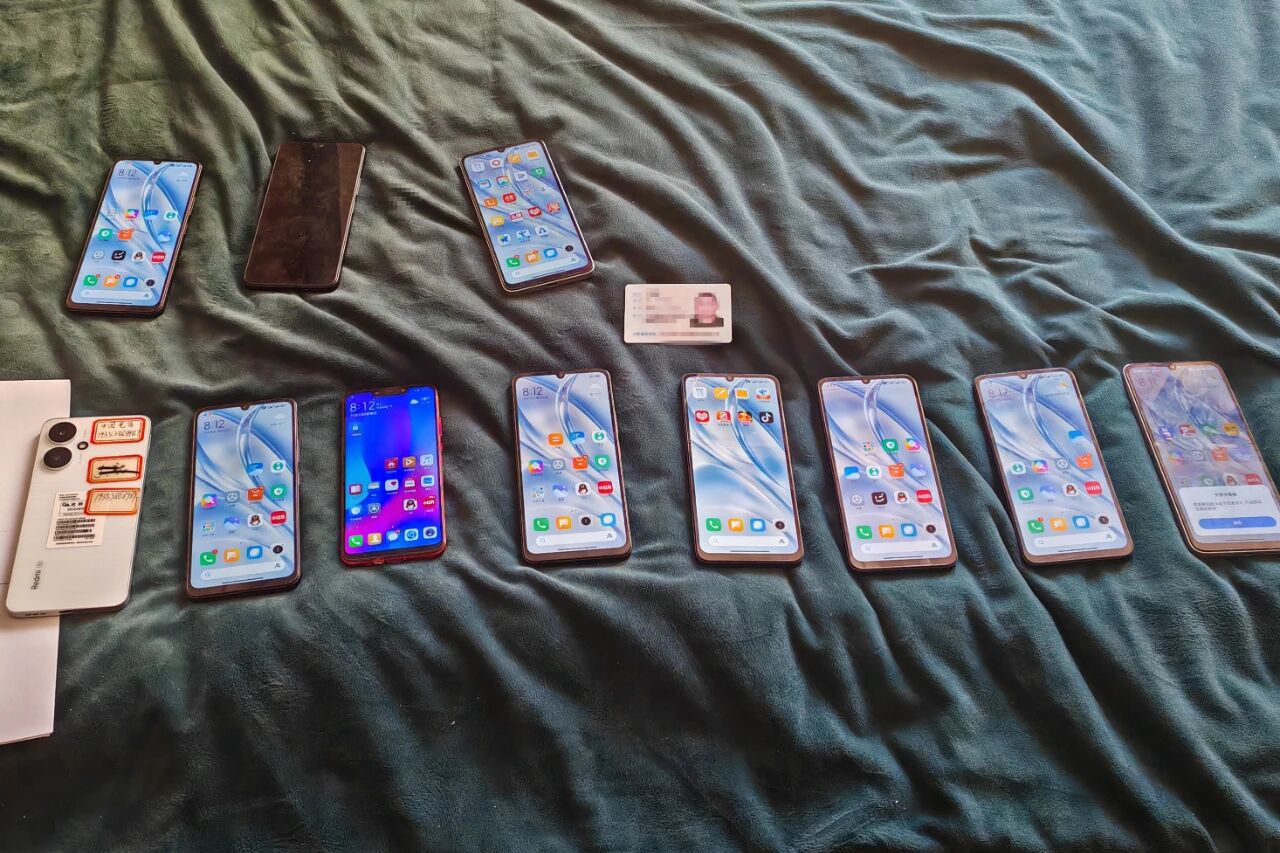
据烟台公安消息,近期,烟台公安历时四个月,打掉一个炒作新能源汽车负面信息的团伙,一举抓获 12 人、查扣资金百万、关停账号 8000 余个。
烟台公安称,今年 7 月份以来,小米公司、华为鸿蒙智行、理想汽车等企业先后报警称:某平台集中涌现大量针对其汽车品牌的负面文章。烟台公安指出,这些内容呈现出高度的组织化特征:
- 有的串联炒作、歪曲解读,对企业进行恶意诋毁;
- 有的伪装身份、虚构场景,冒充消费者发布不实体验;
- 更有甚者,通过搬运洗稿、批量炮制,将个别问题放大渲染,甚至剪辑成短视频广泛传播,严重侵害企业品牌声誉,扰乱正常生产经营秩序。
办案人员对平台上 3000 余条负面文章逐一甄别后,发现均出自一批注册时间短、活跃度异常、IP 地址分散的账号,背后存在明显的产业化运作痕迹,疑似「网络水军」有预谋地进行炒作引流并牟利。
在初步掌握犯罪事实后,烟台市公安局成立专案组展开攻坚。经进一步侦查,发现该团伙利用技术工具抓取「小米」「华为」「理想」等关键词,借助人工智能技术批量生产低质、雷同的「网络垃圾」,其目的仅仅是为了赚取平台流量带来的收益。
在牢牢掌握证据后,专案组于烟台、聊城两地同步收网,成功抓获 12 名犯罪嫌疑人,查扣涉案资金 100 余万元,关停违法网络账号 8000 余个,实现了对这一新型「网络水军」犯罪团伙的全链条、穿透式打击。
特斯拉成美国市值第七大公司
美东时间 12 月 16 日,特斯拉股价涨 3.07%,报收于 489.88 美元 / 股,创下自上市以来的历史新高。
其单日市值激增 485 亿美元,总市值借此攀升至约 1.63 万亿美元,超越博通成为美国市值第七大公司。
据多方报道,本次股票上涨是因市场对特斯拉的自动驾驶与 Robotaxi(无人驾驶出租车)业务进展的高度期待。
据悉,有海外网友拍摄到一台特斯拉 Model Y 在奥斯汀街头行驶的画面,车内似乎空无一人,甚至没有配备安全监督员。而马斯克也在隔天对此回应表示「测试正在进行中,车内没有人。」
马斯克还在近期的活动中透露,特斯拉 Robotaxi 将在三周内取消安全员,实现真正无人驾驶载客。其透露,公司旗下 Robotaxi 车队规模预计将于下月翻番。
另外,特斯拉目前正筹备再度扩建美国得克萨斯超级工厂,拟新建一座专用设施用于其人形机器人 Optimus 的量产,以实现年产能 1000 万台的目标。不过,这两项业务均未明确商业化落地时间表。
曝亚马逊正与 OpenAI 谈百亿投资,后者还有意采购 AI 芯片
据 The Information 报道,亚马逊与 OpenAI 进行融资谈判,前者计划为后者投资至少 100 亿美元。据悉,此轮融资对 OpenAI 的估值将超过 5000 亿美元。
据悉,OpenAI 上个月曾宣布,将在未来七年通过亚马逊网络服务(AWS),租用价值 380 亿美元的服务器。据报道,OpenAI 目前至少使用包括 AWS 在内的五家云服务提供商来训练和运行其 AI 模型。
而本次亚马逊的投资,则有望帮助 OpenAI 承担其此前许下的「七年租用服务器」承诺。
值得一提的是,本次谈判还将帮助亚马逊售出自研的 Trainium AI 服务器芯片给 OpenAI。知情人士透露,作为讨论交易的一部分,OpenAI 将计划使用 Trainium 芯片。
虽然双方有意合作,但亚马逊无法向其云服务的客户提供 OpenAI 的模型——微软目前持有 OpenAI 约 27% 的股权,并锁定了在云端分销 OpenAI 模型的独家权利。
知情人士透露,亚马逊和 OpenAI 已讨论商业合作机会。OpenAI 希望将 ChatGPT 打造成一个购物中心,并讨论了通过向零售商推荐客户来赚取费用的可能性。同时,OpenAI 也希望向亚马逊出售 ChatGPT 的企业版。
The Information 还报道称,OpenAI 已与部分投资者就以约 7500 亿美元估值进行新一轮融资进行了初步讨论。
据透露,OpenAI 可能筹集数百亿美元,甚至高达 1000 亿美元。目前谈判尚处早期阶段,尚未最终确定。
AI 六小龙抢跑 IPO
据腾讯新闻《一线》获悉,「AI 六小龙」MiniMax 和智谱 AI,均于本周初获得了中国证监会备案,并参与了港交所的上市聆讯。
报道称,MiniMax 于 12 月 17 日通过了港交所聆讯。针对智谱 AI 的聆讯事宜,市场也有传闻称其于 12 月 16 日在港参与并通过了聆讯,多位相关人士处证实了该消息。
除此之外,MiniMax 计划于 2026 年 1 月在港挂牌上市,因为下周开始(即 12 月 20 日),香港开始进入圣诞节假期。暂未知智谱后续的上市安排。
公开资料显示,MiniMax 的保荐人为瑞银等多家投行,智谱 AI 的保荐人则为中金等多家投行。据悉,MiniMax 曾于今年 6 月在港通过秘交申请上市,是首个在港提交 IPO 的国内 AI 大模型公司。
报道指出,这两家公司可能是内地企业赴港上市「报备制」以来,在港过聆讯最快的案例。
公开资料显示,MiniMax 的投资人包括阿里巴巴、明势创投、红杉、高瓴以及腾讯、IDG 等多家机构。
比亚迪推进 L3 量产内测
据第一财经消息,比亚迪已联合深圳市交通局等部门,在深圳开启面向量产的 L3 级自动驾驶全面内测,目前已完成超过 15 万公里的 L3 级自动驾驶实际道路验证。
据悉,本次测试覆盖深圳开放的高快速路,兼顾雨天、夜间、施工等场景工况。
比亚迪于 2024 年成为国家四部门首批 L3 级自动驾驶准入及上路通行试点的 9 家企业之一。
近期,还有我国首批 L3 级有条件自动驾驶车型准入许可,以及其他品牌获得 L3 级自动驾驶道路测试牌照:
- 日前工信部公布我国首批 L3 级有条件自动驾驶车型准入许可,两款车型分别来自重庆长安以及北汽极狐,两款分别适配城市拥堵、高速路段的车型将在北京、重庆指定区域开展上路试点。
- 小鹏汽车已在广州市获得 L3 级自动驾驶道路测试牌照,并启动常态化 L3 路测,测试场景主要面向广州市智能网联汽车测试高快速路上的「有条件自动驾驶」场景。
Meta:不限制员工使用 Gemini 和 GPT 等三方 AI 模型
据 Business Insider 报道,Meta 正在扩大员工对 Google 和 OpenAI 等竞争对手工具的访问权限。
报道称,从内部文件以及帖子显示,Meta 一直在鼓励员工将 AI 工具整合到几乎所有的工作中,并采取「AI 优先」战略。
据悉,Meta 的员工可以使用 Google 的 Gemini 3 Pro 以及 OpenAI 的 GPT-5 等第三方 AI 模型,从而来提高生产效率。同时,Meta 还将其生产力套件迁移至 Google Workspace,从而「解锁 AI 驱动的能力」。
从曝光的名单里显示,Meta 目前已经允许 GPT-5、GPT-4.1、Gemini 3 Pro、Claude 等 AI 模型,甚至连 Google 的 NotebookLM Pro 也在内部使用。
另外,Meta 的领导层还将绩效与通过 AI 转化的成果挂钩,奖励那些能够证明「AI 驱动影响」的人,并将其纳入 2026 年的绩效评估中。
快造科技多色 3D 打印机 Snapmaker U1 亮相京东 MALL
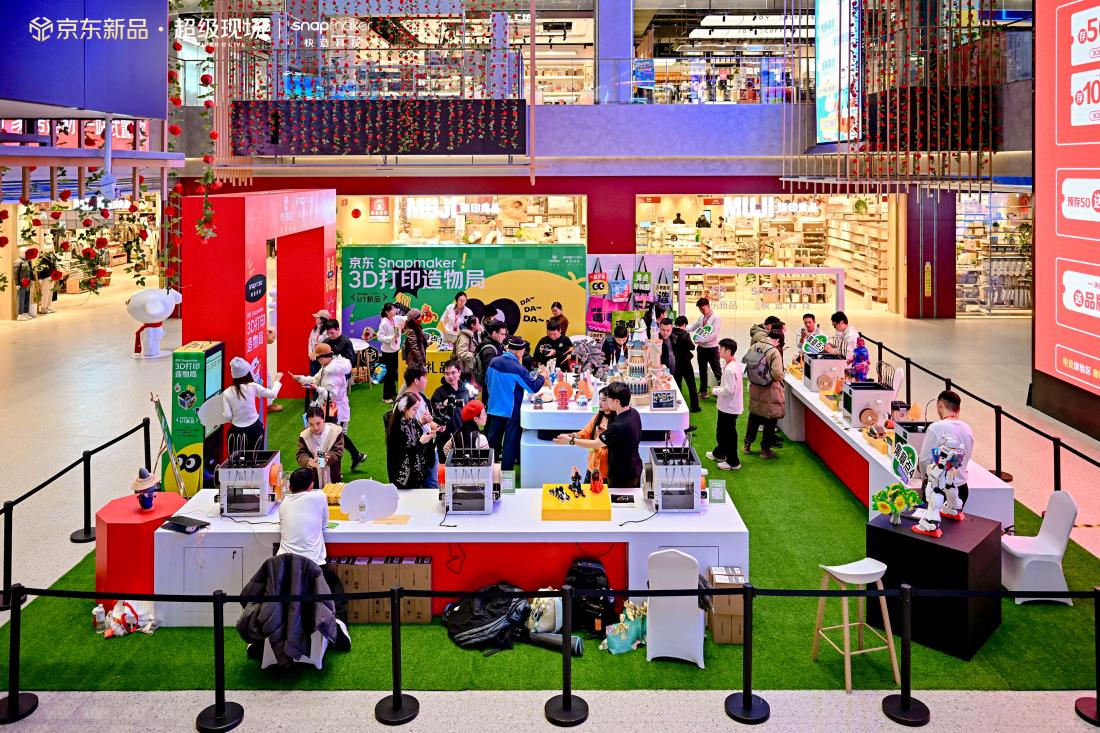
12 月 16 日至 18 日,消费级 3D 打印领域的革新之作——Snapmaker U1 3D 打印机亮相位于京东 MALL 北京双井店的京东新品超级现场线下新品体验会。
据悉,Snapmaker U1 在海外 Kickstarter 众筹平台曾以 2061 万美元创下 3D 打印机品类最高众筹纪录。12 月 12 日京东独家开启预售 2 小时内,Snapmaker U1 成交便突破 2000 台,并登顶了京东 3D 打印类目 TOP1 单品。
作为创新搭载 SnapSwap 独立四头并联系统的彩色 3D 打印机产品,Snapmaker U1 有效解决了传统单头 3D 打印的效能瓶颈,真正实现了「5 倍高速,5 倍省料」。
具体来看,其 SnapSwap 独立四头并联系统如同「多色笔」,四个打印头协同工作,通过 5 秒极速换头技术,避免了传统单头 3D 打印机换色料道冲刷的过程,从而兼顾打印的高效和环保。
U1 完成同类四色打印任务仅需 5-6 小时,相比传统单头 3D 打印机整体打印效率最高提升 5 倍,节省耗材约 80%。
理想 L 系列正式进入埃及、哈萨克斯坦和阿塞拜疆市场
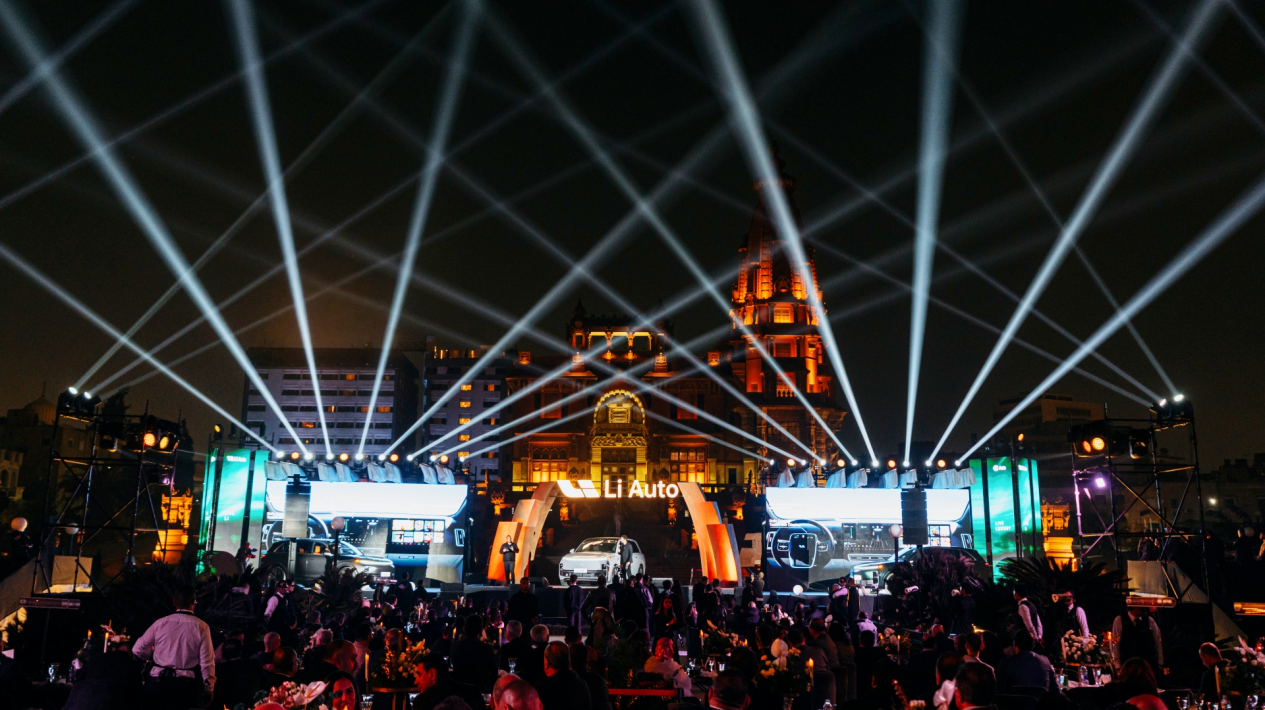
近日,理想汽车宣布,其海外业务拓展取得关键突破:
继布局乌兹别克斯坦市场之后,理想汽车正式登陆埃及、哈萨克斯坦和阿塞拜疆市场,标志着品牌已完成横跨中亚、高加索地区及非洲的核心市场布局,全球化进程迈入实质性落地阶段。
此次海外上市,理想汽车同步推出理想 L9、理想 L7、理想 L6 三款主力车型,充分覆盖当地豪华市场需求。
据悉,自 2025 年 10 月起,理想汽车海外拓展节奏持续加快,在短时间内完成四个重要国际市场的渠道搭建与产品落地。全球化布局多点开花:
- 研发端已在德国、美国设立研发中心,强化技术全球化适配能力;
- 渠道端正式构建起标准化的海外销售与售后服务体系,为长期运营奠定基础;
- 产品端则提前规划,2026 年上市的全新产品在研发初期即纳入海外市场法规适配考量,进一步提升全球市场竞争力。
 何小鹏:当前没有 AI 泡沫,未来市场有巨大机遇
何小鹏:当前没有 AI 泡沫,未来市场有巨大机遇
据悉,小鹏汽车董事长何小鹏昨日在朋友圈发文,对 AI 泡沫、物理 AI、美国的新创业和机器人,以及 AGI 的到来等热门话题发表自己的感受与见解。
关于时下热门的 AI 泡沫话题,何小鹏认为「任何科技时代都是阶段或局部有泡沫的,但是这是一个市场从混沌到有序的必然竞争过程。」其表示,整体来说,AI 必然会推动整个社会巨大的变革,今天还是 0 到 0.1 的最开始阶段。
何小鹏提到,「如果一定要说泡沫,感觉中国估值比较合理,美国估值实在有一点高;中国更关注市场应用,美国更关注前沿研究。」
对此,他认为当前没有 AI 泡沫,未来 AI 的市场有着巨大机遇。
在机器人以及物理 AI 相关方面,何小鹏则指出:
我认为人形机器人将来会是巨头的竞争,而不同的专用机器人则会有大量不同领域的选手,且会有非常多的成功机会。
我认为未来 3 年,最有可能有大突破的不一定是在数字世界,反而有可能在物理 AI 领域会产生大变局,如自动驾驶会直接到达准 L4 或完整 L4;人形机器人会实现从类自动驾驶的 L1 到 L4 初阶的快速跨越。
物理 AI 的发展速度会比数字 AI 慢,但是改变我们生活的力度会更大。
针对 AGI 的到来,何小鹏也提出了自己的看法。其认为当今的 AI 主要是类似人类的模仿学习+强化学习,哪怕有新的涌现能力,但是这些并不是真正的创造力。
他强调,真正的 AGI 还需要很多能力,例如从多模态到世界模型、持续学习、长时序洞见和规划能力等,但这些都还没有完全到来,因此可能还需要数年时间以及等待部分底层能力的再次提高。
腾讯混元发布国内首个开放体验的实时世界模型

12 月 17 日,腾讯混元发布世界模型 1.5(Tencent HY WorldPlay)。
据悉,混元世界模型 1.5 是国内首个开放体验的实时世界模型,用户输入文字描述或者图片即可创建专属的互动世界。
同时,混元世界模型 1.5(WorldPlay) 首次开源了业界最系统、最全面的实时世界模型框架,涵盖数据、训练、流式推理部署等全链路、全环节,并提出了重构记忆力、长上下文蒸馏、基于 3D 的自回归扩散模型强化学习等算法模块。
值得一提的是,混元世界模型 1.5 能够让用户在生成的世界里随意移动探索:离开某个区域再次返回时,模型能够「记住」该区域的三维结构,呈现前后一致的场景。
另外,模型支持多样化的交互体验、长范围的 3D 一致性、实时的交互生成(可以按照 24 FPS 的速度生成 720P 的高清视频)。
目前,用户可以在腾讯混元 3D 官网申请使用。
在线体验网站:https://3d.hunyuan.tencent.com/sceneTo3D?tab=worldplay
Github 链接:https://github.com/Tencent-Hunyuan/HY-WorldPlay
Hugging Face 链接:https://huggingface.co/tencent/HY-WorldPlay
项目主页:https://3d-models.hunyuan.tencent.com/world/
Gemini 3 Flash 正式上线

今天凌晨,Gemini 3 Flash 正式发布,直接对标 OpenAI 和 Anthropic 的旗舰模型,官方号称比 2.5 Pro 速度快 3 倍,价格砍到 3 Pro 的四分之一,性能还不降反升。
从今天开始,用户可以在 Gemini 产品线中体验到 Gemini 3 Flash(Fast/Thinking)和 Gemini 3 Pro。
基准测试结果显示,Gemini 3 Flash 保留了 Pro 级别的推理能力,但延迟、成本直接降到 Flash 级别。
具体来说,在 GPQA Diamond 这种博士级推理测试里,它能拿到 90.4% 的成绩,跟那些体积更大的前沿模型打得有来有回。而 MMMU Pro 测试 Gemini 3 Flash 直接拿下 81.2%,达到业界最先进水平,跟自家的 3 Pro 表现相当。
数据显示,Gemini 3 Flash 的 Token 消耗比 2.5 Pro 少了三成,速度快三倍,价格更是压到了输入 0.5 美元/百万 Token,输出 3 美元/百万 Token 的地板价。
此外,Gemini 3 Flash 的亮点还在于多模态能力,它能更快地处理视觉、音频等输入,把「看见、听见、理解」串成一条相对顺滑的链路,适合需要即时反馈的交互场景。
 相关阅读:刚刚,Gemini 3 再次大更新!全球免费享 Pro 级智商,奥特曼又要失眠了
相关阅读:刚刚,Gemini 3 再次大更新!全球免费享 Pro 级智商,奥特曼又要失眠了
理光 GR IV HDF 版正式发布

昨日,理光映像正式公布了其最新产品「理光 GR IV HDF 版本」。
据介绍,理光 GR IV HDF 版搭载了理光原创的 HDF(Highlight Diffusion Filter),该滤镜专为突出高光区域、打造柔和扩散的影像效果而设计。
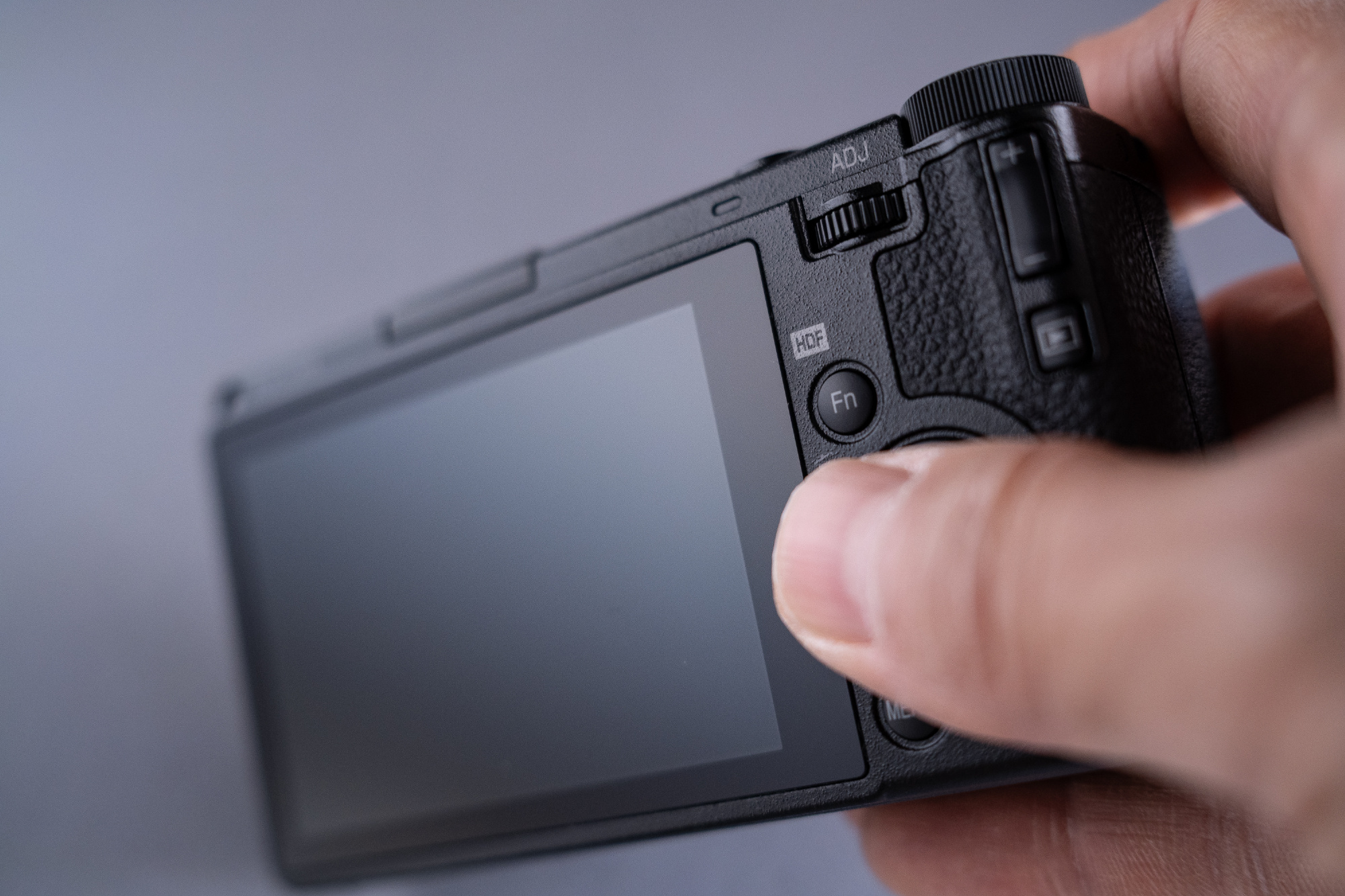
具体来看,HDF 特效滤镜依托理光多年积累的先进喷墨技术研发而成,能柔化高光区域并在影像边缘营造朦胧效果,从而呈现出类似胶片摄影或电影画面的怀旧质感。
另外,理光 GR IV HDF 除了常规机械快门单元外,还配备电子控制快门机构,用户可自主将快门速度提升至最高 1/16000 秒。(GR IV 也会在新版功能扩展固件中提供)
官方还表示,新机快门按钮的颜色已从 GR IV 的黑色改为银灰色,象征着相机能够瞬间改变图像的视觉表现力。
理光 GR IV HDF 已于 2025 年 12 月 17 日(周三)起,陆续登陆东京、上海、北京及布里斯班的 GR SPACE。
荣耀 WIN 系列外观公布

昨日,荣耀正式公布了 WIN 系列新机的外观信息以及部分配置。
本次将推出荣耀 WIN 以及 WIN RT 两个版本,均采用前后直板+金属直边中框设计,镜头部分均横向贯穿式矩形模组,其中 WIN 配备三枚后置镜头,WIN RT 为两枚。
从公布的图片显示,WIN 系列都将配备「Ultra Fan」主动散热技术,并且新机侧面均提供 AI 快捷键。
据悉,荣耀 WIN 系列都将采用 10000mAh 超大容量电池,配备 100W 有线快充(WIN 提供 80W 无线)。性能方面,WIN 将配备高通骁龙 8 Elite Gen 5,WIN RT 则为高通骁龙 8 Elite。
蜜雪冰城美国首店开启试运营

界面新闻消息,日前有多名网友在社交平台分享在美国好莱坞看到了「雪王」,有网友分享其在洛杉矶蜜雪冰城门店购买打卡的体验。
据网友们在社交平台分享的信息,该门店位于洛杉矶好莱坞星光大道,在中国剧院对面,地处繁华地段。目前该店在试运营阶段,已启动预售及预热活动。
对于上述情况,蜜雪冰城相关工作人员通过报道表示,美国门店的「相关业务正在稳步推进」。
从饭团外卖 APP 发现,位于洛杉矶名为「蜜雪冰城 (Hollywood)」的商家开启独家预售,已上架 2 款预售套餐。这两款套餐定价均为 3.99 美元(约合人民币 28 元),含两杯饮品及冰淇淋,支持微信、支付宝支付,新用户最低仅需 1.17 美元(约合人民币 8.2 元)。
值得注意的是,在套餐选择饮品糖度时,除了常规的正常糖、七分糖、五分糖、三分糖、不另外加糖的选项外,还有 120% 糖度、150% 糖度、200% 糖度可选。
瑞幸咖啡或收购多个咖啡品牌
据彭博社报道,瑞幸咖啡及其股东大钲资本正评估多个收购项目的可能性,包括 Blue Bottle Coffee(蓝瓶咖啡)、% Arabica、可口可乐旗下的 Costa Coffee 等,但相关讨论尚处于早期阶段,未必会提出收购。
报道指出,瑞幸目前正在考虑竞购雀巢的蓝瓶咖啡,以提升品牌形象并在高端咖啡市场扩大规模。
据悉,蓝瓶咖啡于 2002 年成立,强调精品和调性,2017 年被雀巢以约 4.25 亿美元的价格收购 68% 股份。
万宁将关闭内地线上线下全部门店

日前,广东万宁连锁商业有限公司发布《关于线下及线上门店停止运营及会员积分处理的公告》。
万宁方面表示,因业务战略调整需要,公司将关闭中国大陆大部分门店:
- 线上门店:最后营业日为 2026 年 1 月 15 日,之后将正式停止运营;
- 线上:官方商城小程序将于 2025 年 12 月 28 日 24 时停止运营;天猫旗舰店/保健、京东旗舰店、拼多多旗舰店专营店将于 2025 年 12 月 26 日 24 时停止销售、停止提供会员权益,售后服务截止 2026 年 1 月 25 日。
后续,万宁跨境官方商城(小程序)、万宁跨境天猫旗舰店/京东旗舰店/拼多多旗舰店将继续为用户提供服务。
据悉,万宁是中国香港健与美连锁品牌,隶属于牛奶国际集团,创立于 1972 年,主营健康、美容、个人护理及母婴产品。该品牌在香港中环开设首家药行起步,2004 年进入内地市场。
数据显示,截至 2025 年 12 月 17 日,万宁总门店超 440 家,其中港澳地区超 320 家,内地超 120 家,覆盖 33 个城市。
B 站 2025 跨年晚会阵容官宣

昨天,哔哩哔哩正式公布了其 2025 年跨年晚会阵容:
阿云嘎、柏栩栩、曹骏、曹杨、蹲妹Carly Rae Jepsen 、陈洁丽、冯禧、管泽元、胡彦斌、黄子弘凡、蒋龙、鞠婧祎、卡布叻_周深、科莫 CÔME、刘谦 魔术大师、罗家英、MARTY FRIEDMAN、MyKey、单依纯、上上、沈佳润 Nina、舒畅、唐汉霄、Tank 吕建忠、汪东城、汪峰、王铮亮、吴彤、谢楠、余霜 Candice、曾沛慈、张韶涵、赵兆。(按艺人首字母排序)
除了艺人外,还有多个热门 IP:
浪浪山小妖怪、洛天依、花园宝宝、LABUBU、凡人修仙传、迪士尼奇妙夜、地下城与勇士、原神、植物大战僵尸 3、跨年红与黑、牡丹亭、黑猫警长、邋遢大王奇遇记、三打白骨精。(按字母排序)
据悉,哔哩哔哩 2025 跨年晚会将于 12 月 31 日 19:30 开启。
《鸿蒙星光盛典》彩排及录制内容将于 20 日播出

央视频消息,12 月 20 日 19:30,中央广播电视总台将为您特别呈现《鸿蒙星光盛典》。
据悉,《鸿蒙星光盛典》在准备直播的过程中,香港大埔突发火灾,因此原定 11 月 28 日晚的活动延迟举办。
官方表示,虽暂缓相聚,但温暖始终同频,节目组将深圳龙岗大运体育中心全流程彩排和录制的内容精编成节目。
值得一提的是,搭载鸿蒙系统的 HUAWEI Mate 80 系列手机全程参与盛典全要素彩排的竖屏录制。通过 13 台竖拍机位的协同调度与专业竖屏导播录制系统的实时切换,特写与全景在掌间流畅切换。
电影《我的妈耶》入围鹿特丹电影节

日前,电影《我的妈耶》入围鹿特丹电影节「大银幕竞赛」(Big Screen Competition)单元,同步曝光电影节片段。
电影围绕着东玉一家人展开,讲述了处于青春叛逆期的十一意外发现了妈妈东玉日记本的故事。透过这本日记,他看见了东玉短暂却灿烂的一生。
据悉,电影《我的妈耶》由宁浩监制,肖麓西执导,马思纯、白客、黄明昊领衔主演,孙阳特别出演,梁靖康特邀出演,嵇嘉禾(锤娜丽莎)、王天放主演。影片将于明年 1 月底世界首映。
#欢迎关注爱范儿官方微信公众号:爱范儿(微信号:ifanr),更多精彩内容第一时间为您奉上。
爱范儿 |
原文链接 ·
查看评论 ·
新浪微博

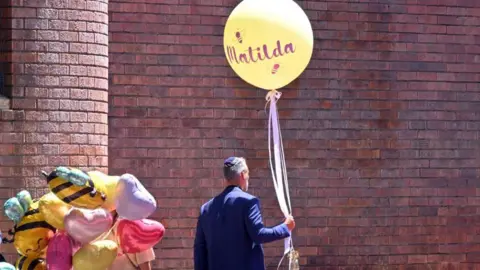 EPA
EPA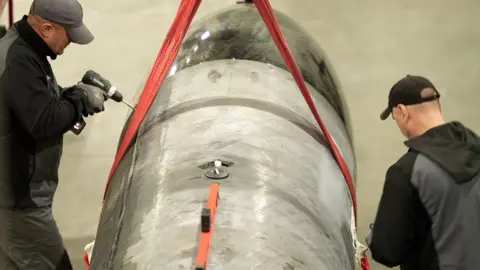

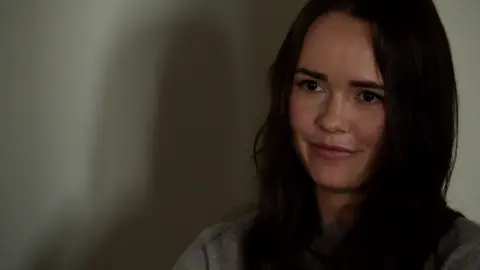
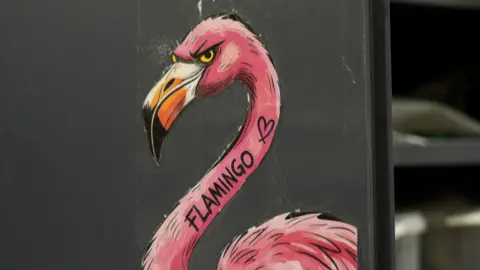
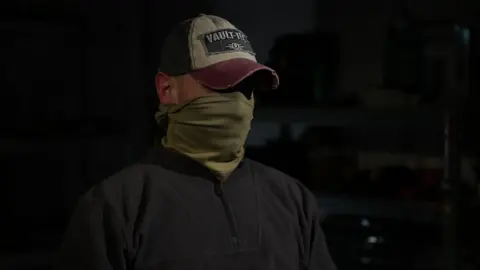


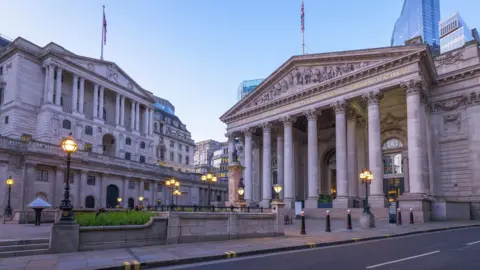
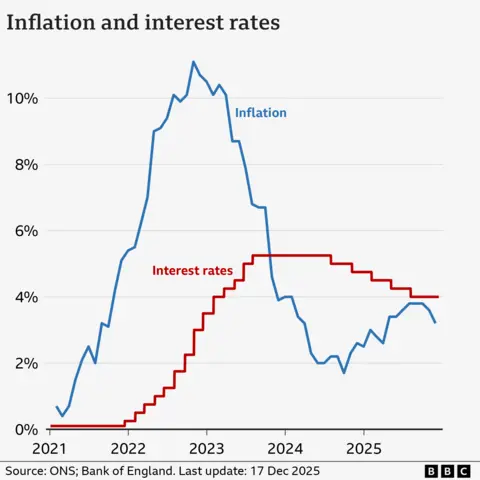
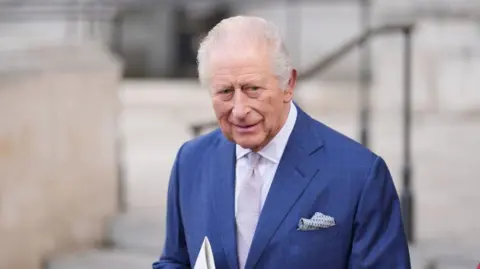
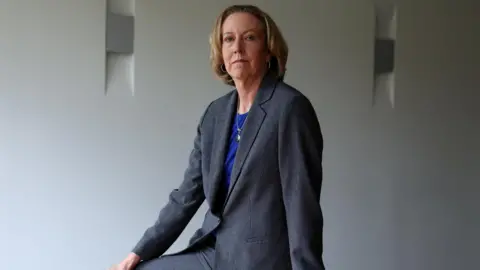
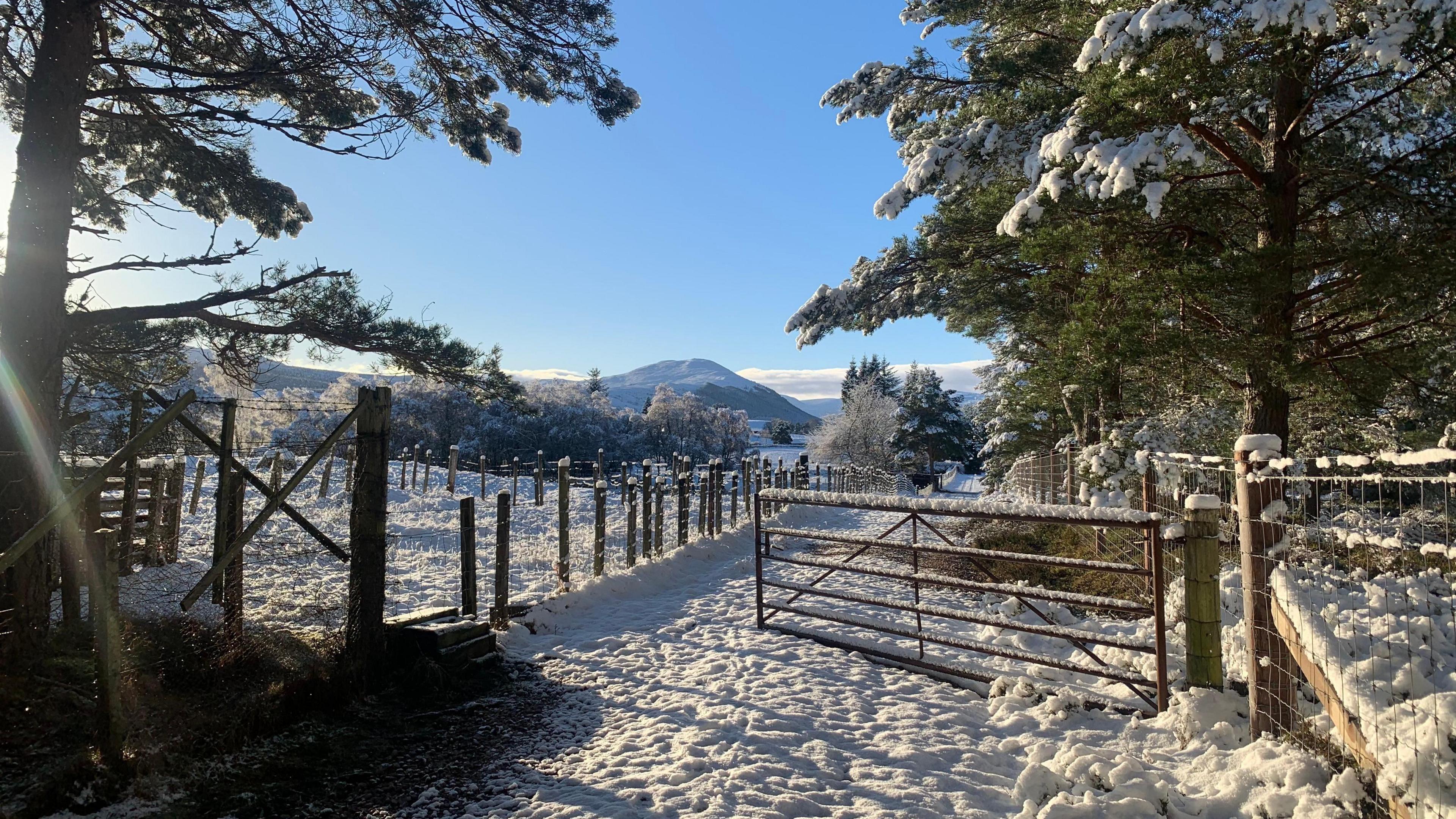
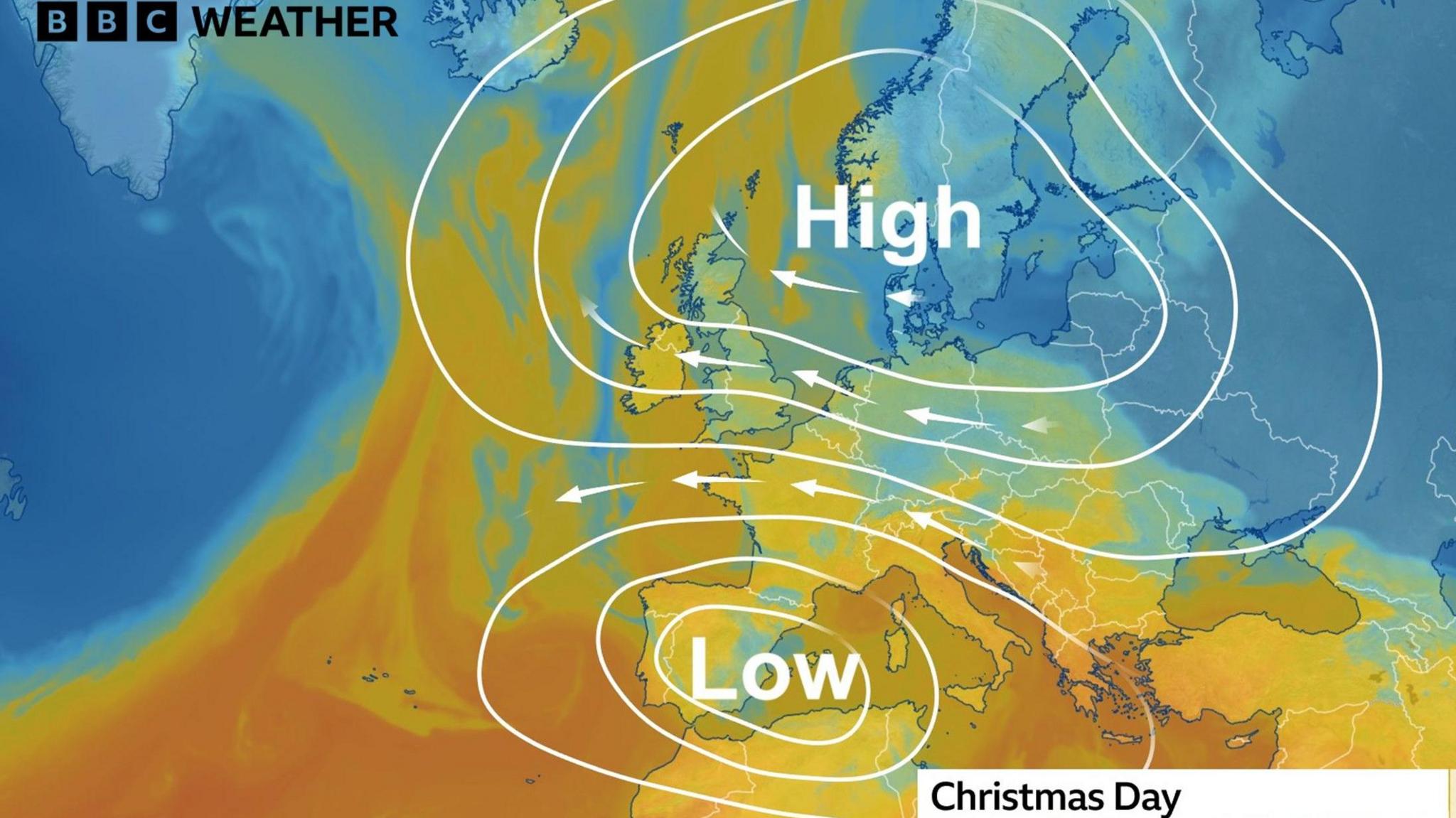
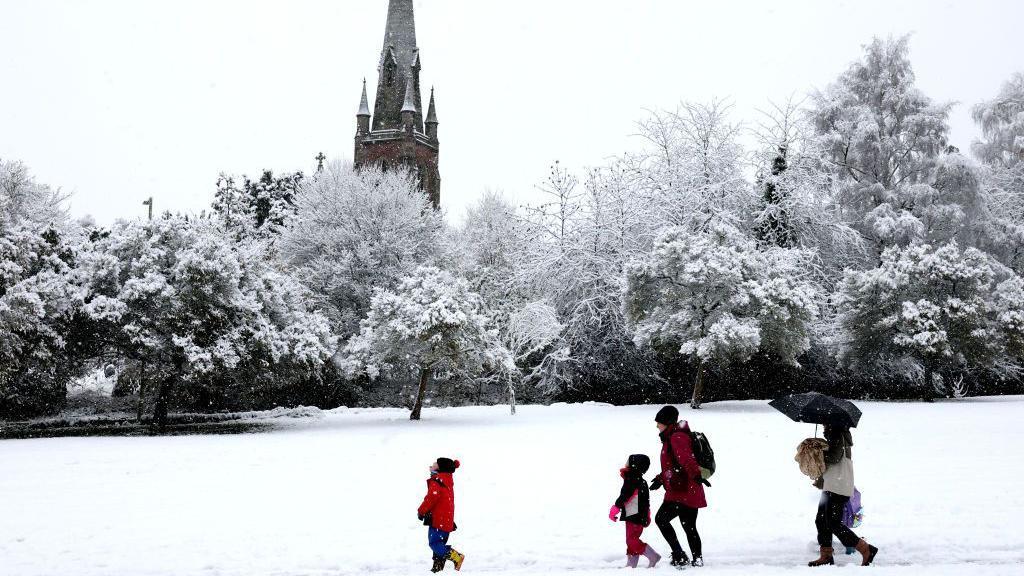
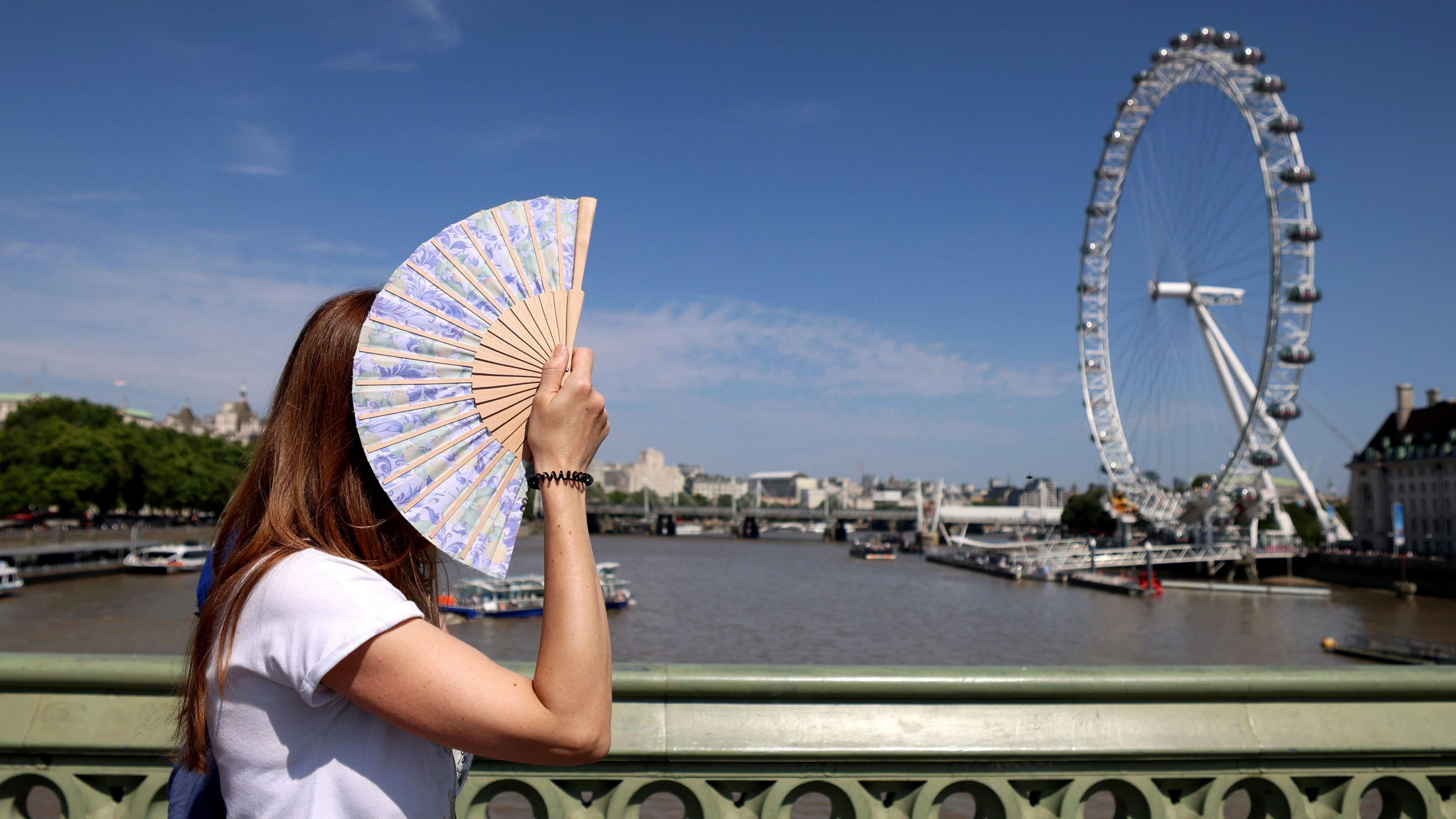
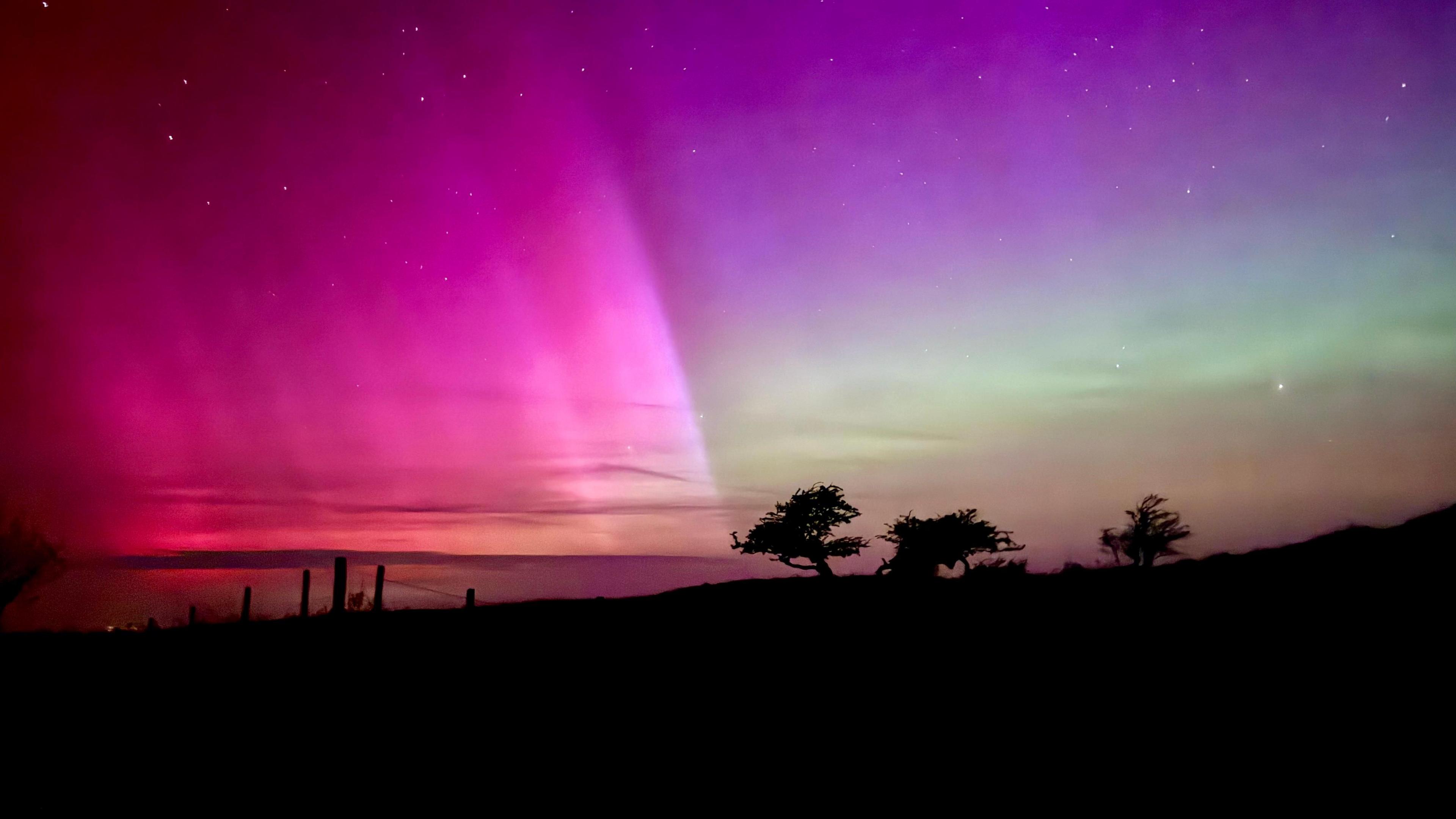

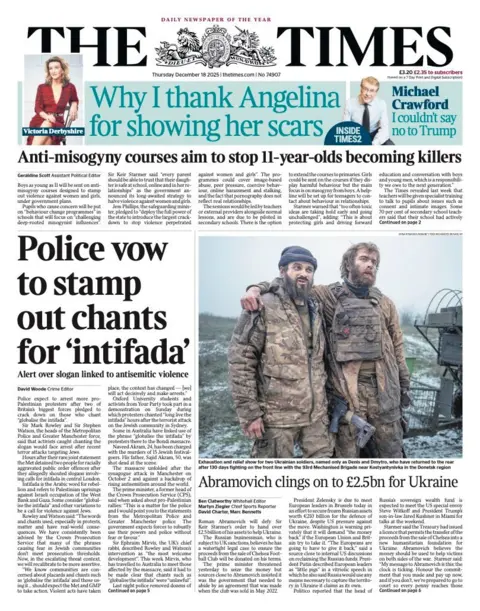


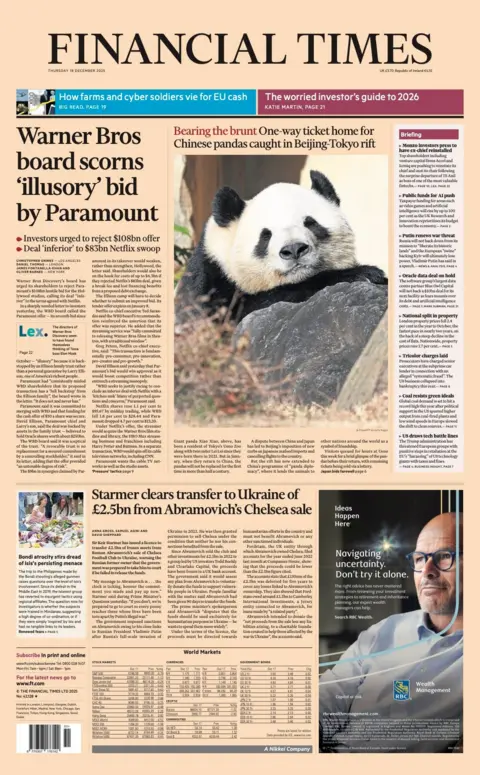









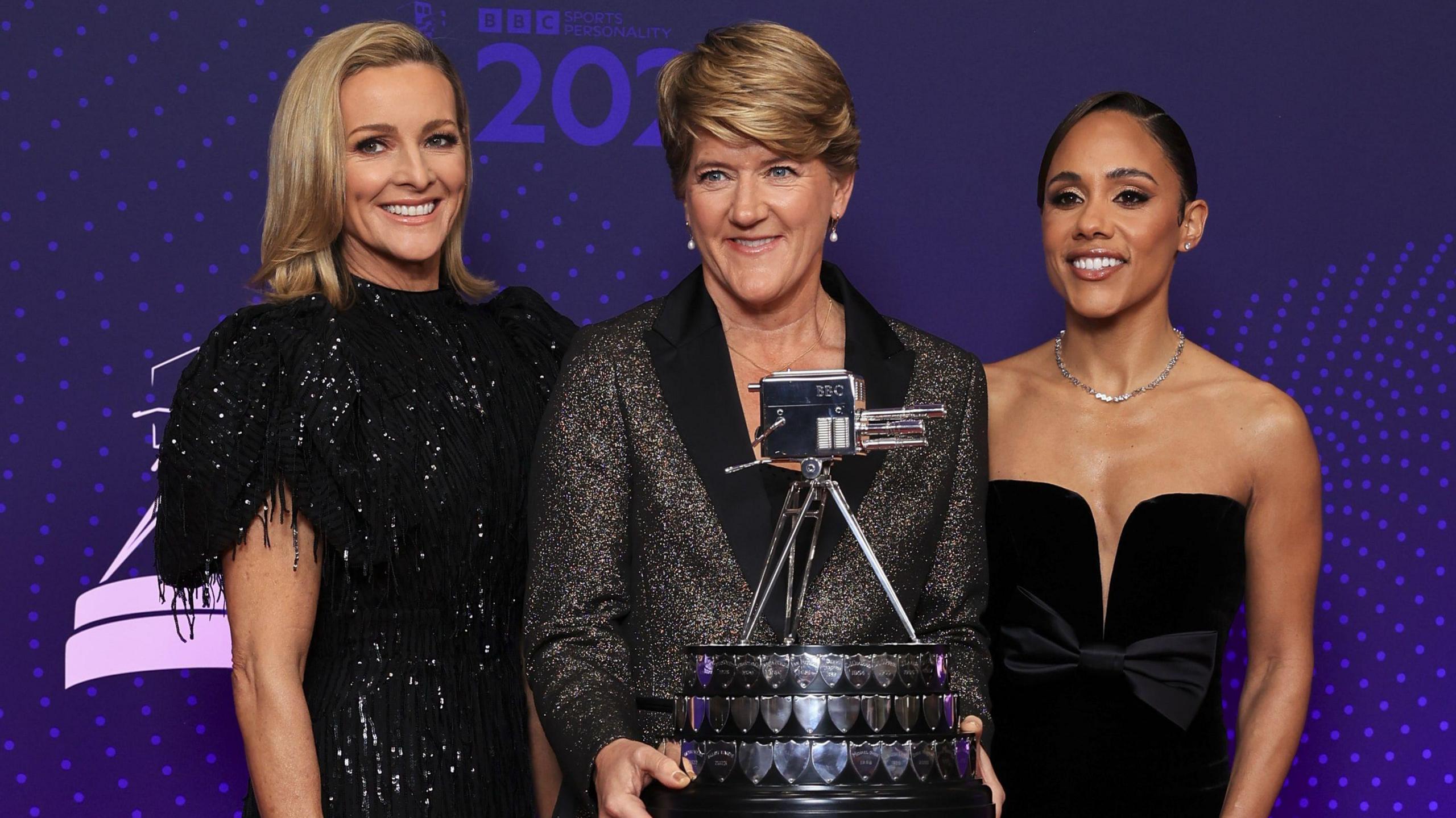





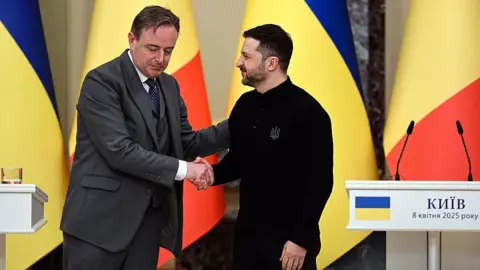
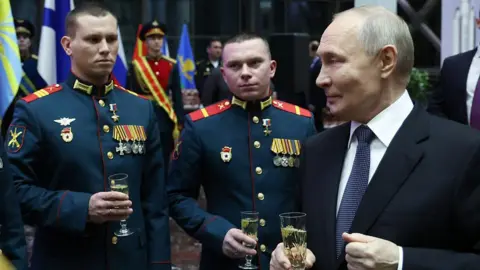
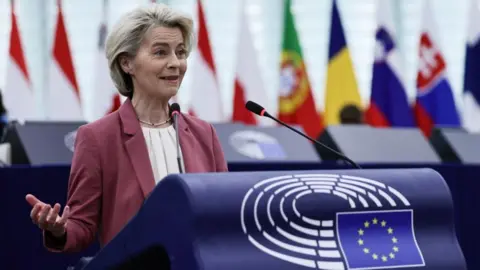




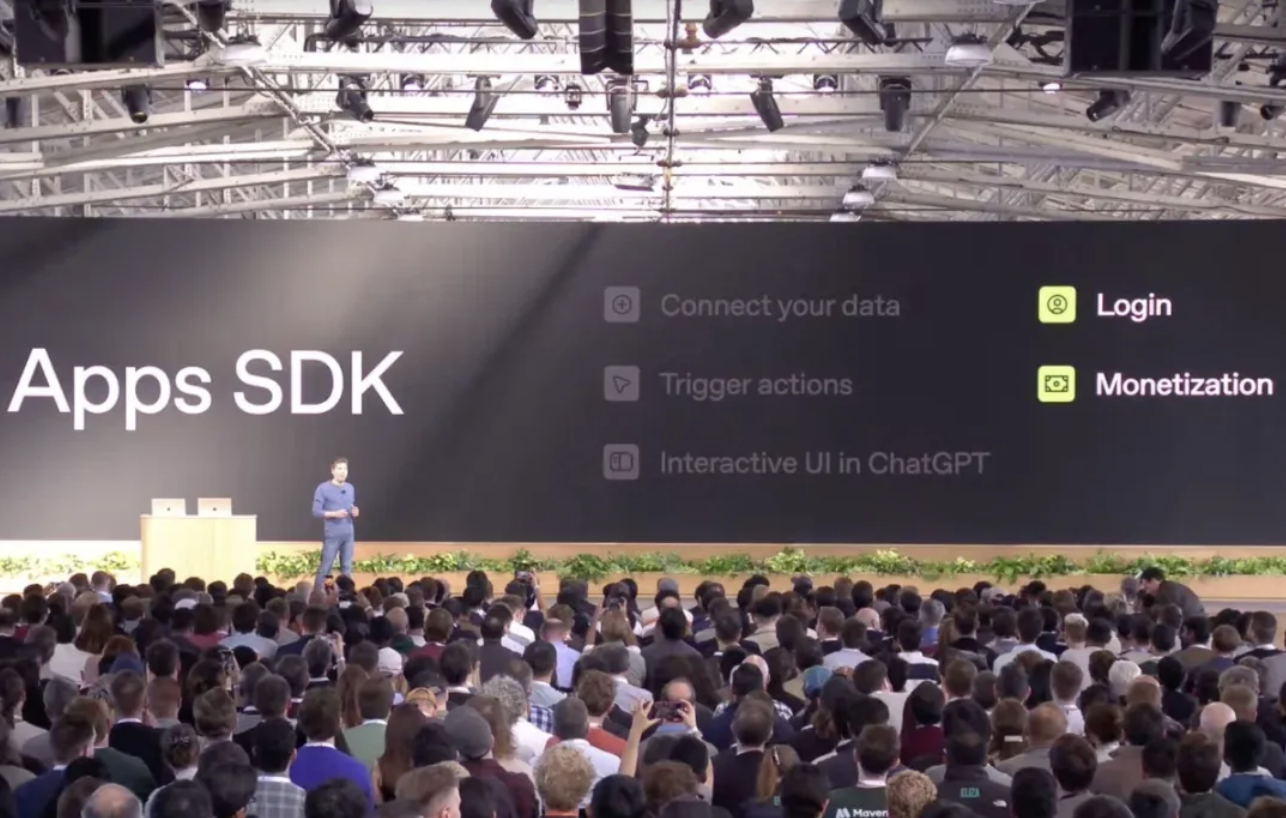


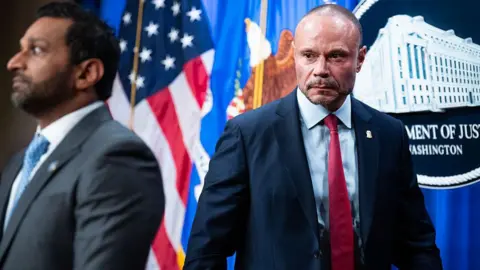























 相关阅读:
相关阅读:

















